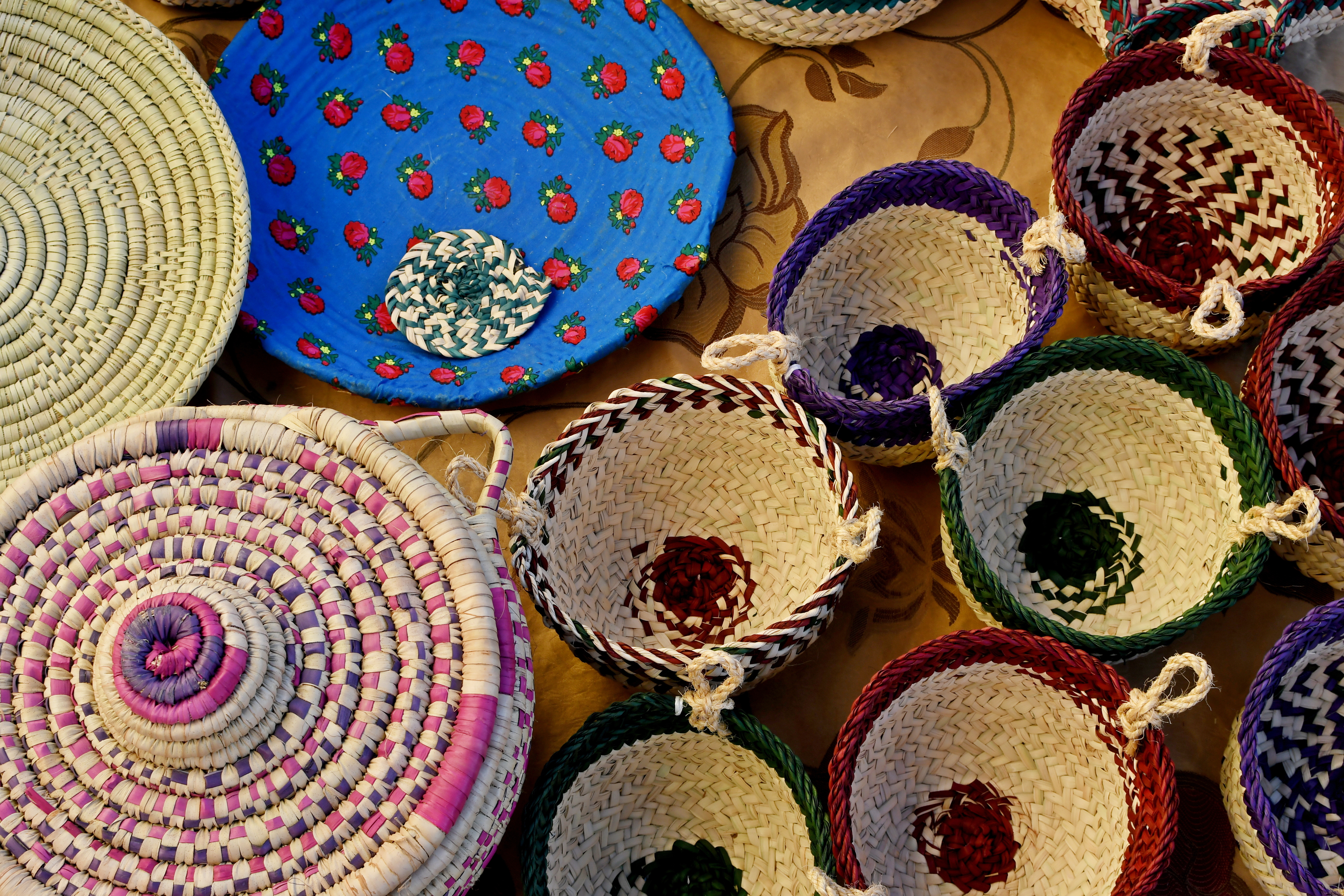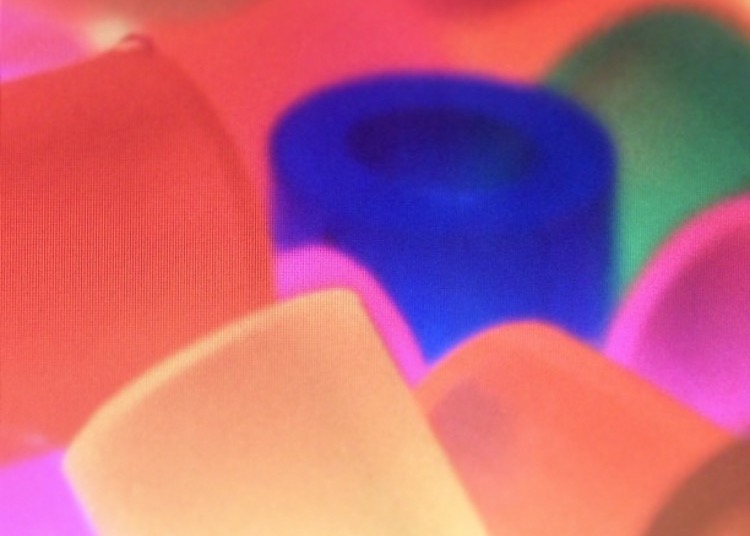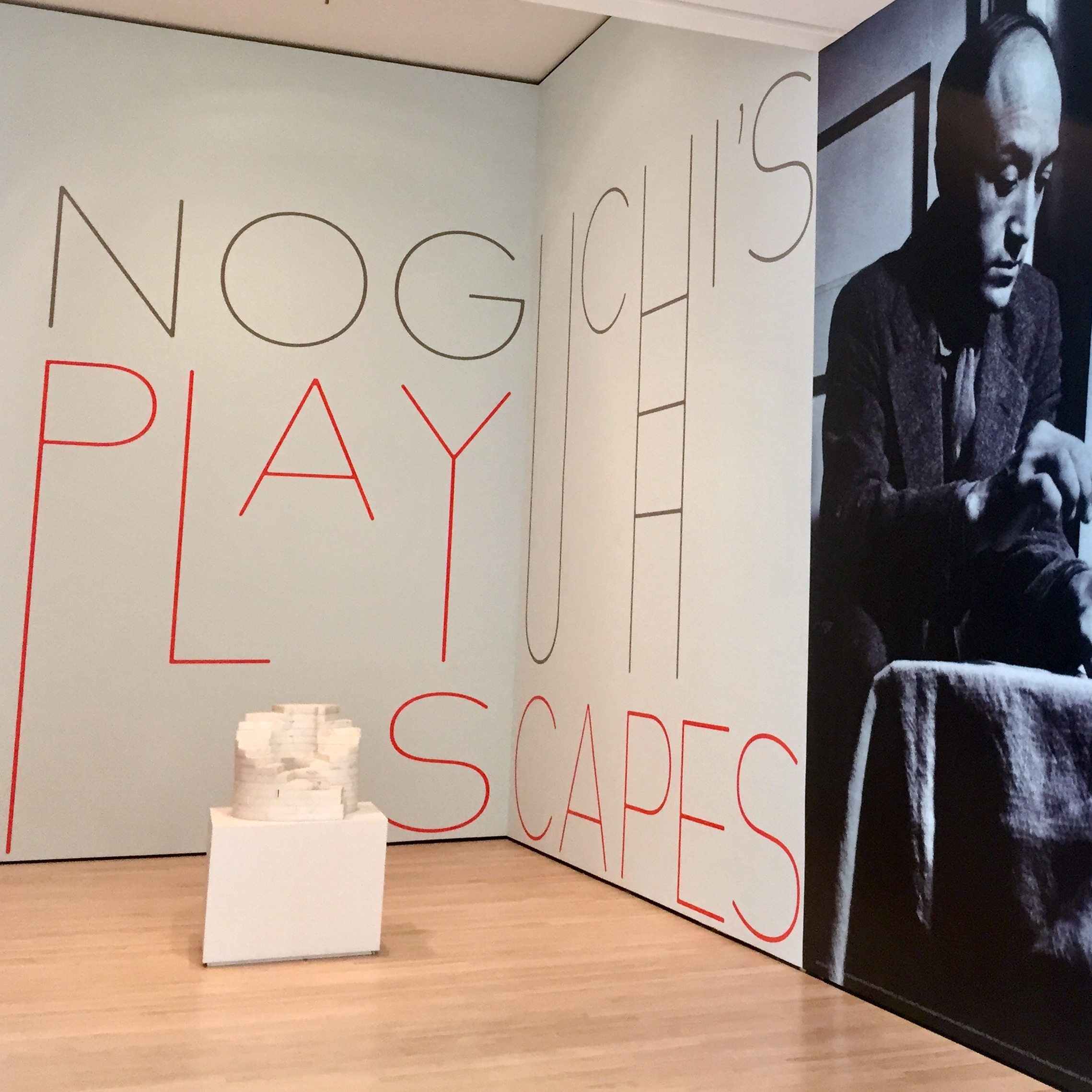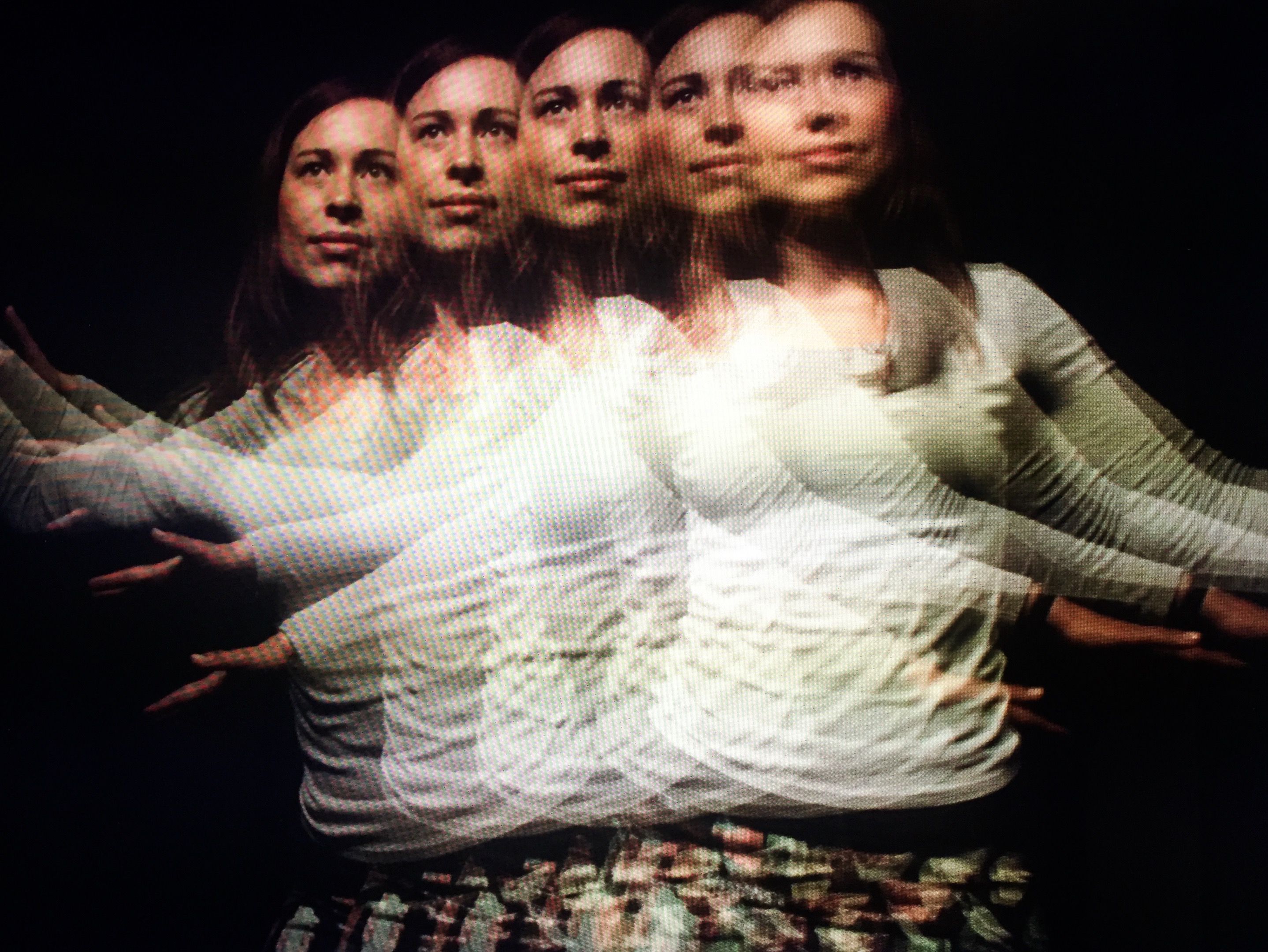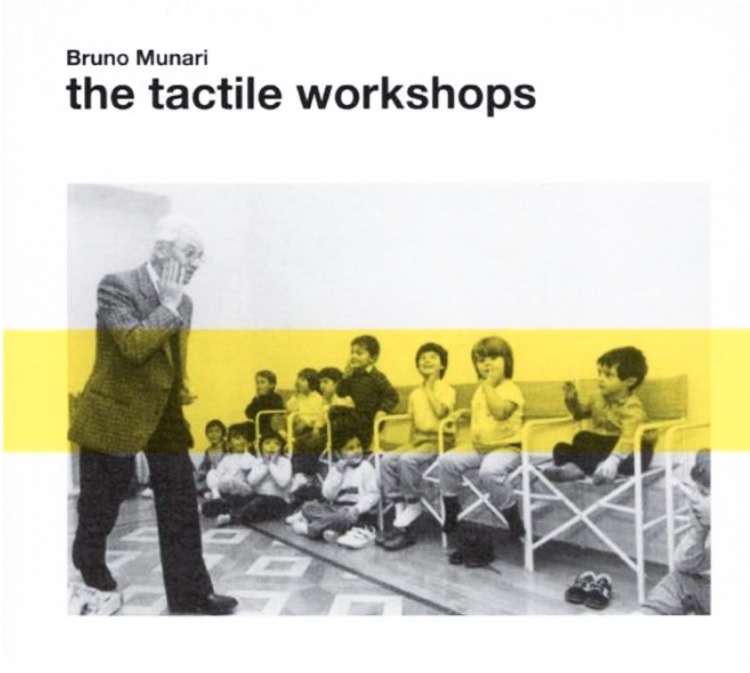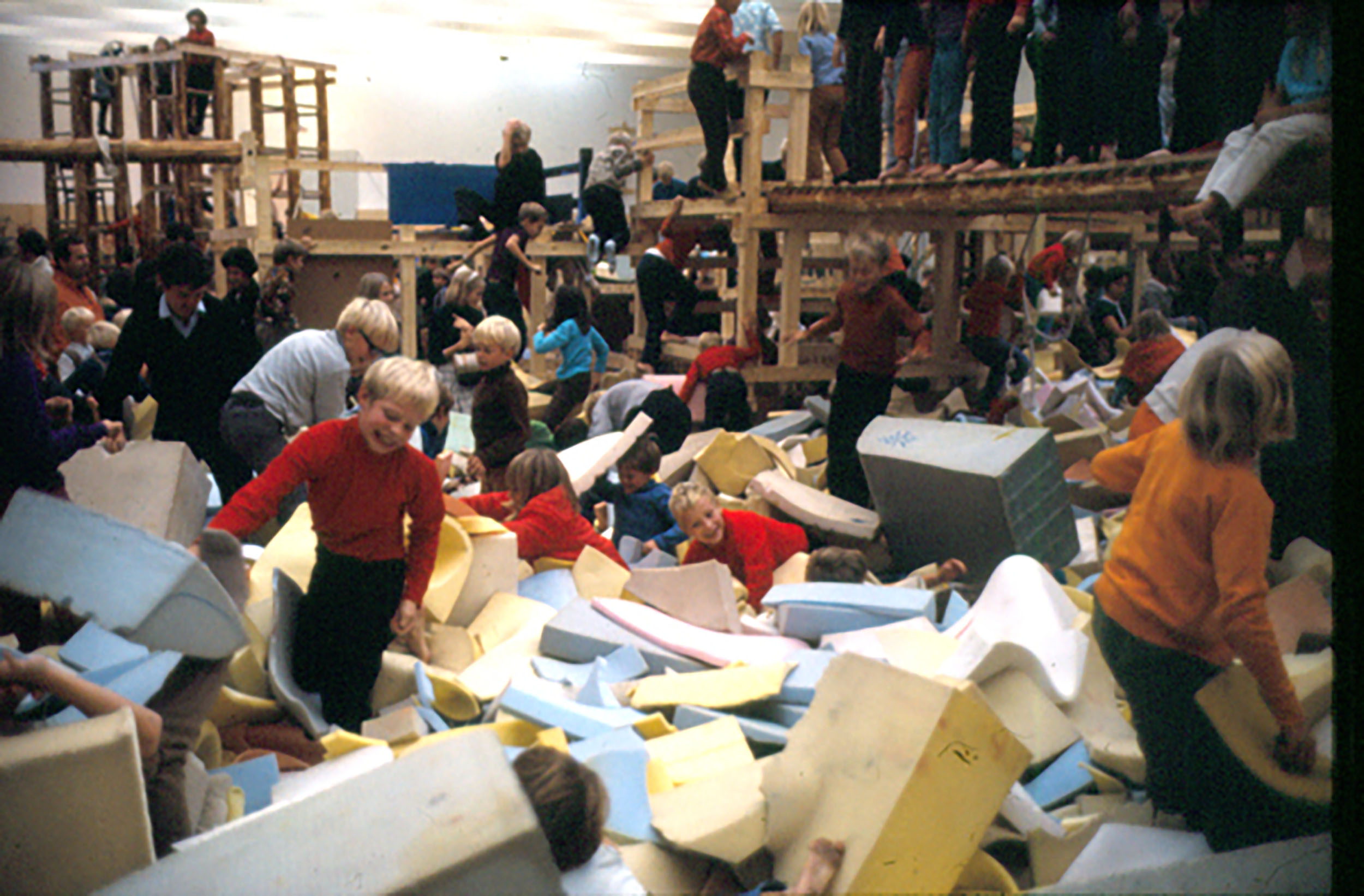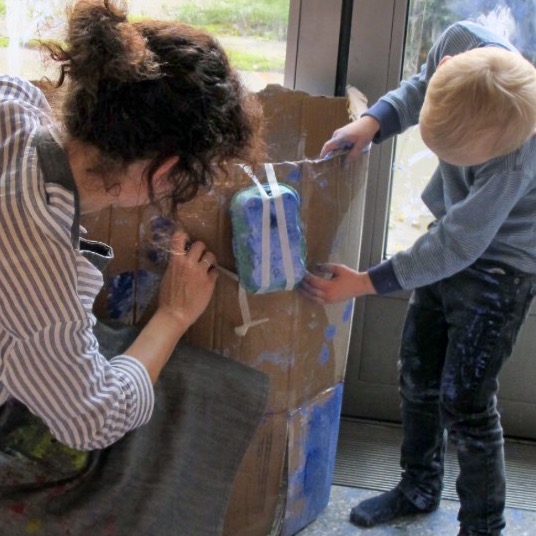Young children have become an increasingly important audience for museums around the world. While many cultural institutions offer something for children, approaches and practices towards this audience vary dramatically across the sector. In this post, early childhood and museum education specialist Sharon Shaffer shares her top tips for connecting young children with museum objects. Sharon was Director of the Smithsonian Early Enrichment Centre (SEEC) for 24 years. The SEEC is a lab school in Washington D.C. with a museum-based curriculum. Children attending the Centre visit and learn in the various Smithsonian museums every day. The post begins with Sharon telling us a little bit about her background in museums and education. The two of us then discuss topics such as the importance of scaffolding in children’s learning, how learning can be evaluated in museums and the need for flexibility in the design of early year’s education activities. Sharon’s background in…
Simon Nicholson’s theory of loose parts
In 1972 Simon Nicholson, the son of artists Ben Nicholson and Barbara Hepworth, presented the idea that young children’s cultural participation comes from the presence of open-ended ‘loose part’ materials that can be transformed in different ways. This post explores the key principles of the theory, including key debates surrounding it. What is loose parts theory? The term ‘loose parts’ was coined by Simon Nicholson, an English architect and artist. The loose parts theory was first presented in Nicholson’s article ‘the theory of loose parts: An important principle for design methodology.’ This theory rejects the idea that creativity is a characteristic of a select few. Nicholson claimed that people have been misled to think that creating artworks and buildings is so difficult that only highly gifted people can do it. In opposition to this, Nicholson argues that all people, including young children, are capable of participating in the construction of culture. Loose parts…
Why Play Matters
‘We play because we are human, and we need to understand what makes us human, not in an evolutionary or cognitive way but in a humanistic way. Play is the force that pulls us together.’ Miguel Sicart This post features a book review of Miguel Sicart’s Play Matters. Released as part of MIT’s Playful Thinking series, Sicart proposes a reconceptualisation of play as a universal tool for exploring, understanding and producing relations with the world. Throughout this blog I plan to write around the topics of art, experiential education theory, play, environment design, gallery education and informal learning. This will be done through various forms including discussion of current research, case studies of museums, galleries, libraries and community spaces, topics of currency within the media and reviews from parents and children participating in activities. This post is the first in a series that will review key texts in the field. Miguel Sicart’s…
‘Children’s learning with new, found and recycled stuff’ symposium at AARE
This post discusses the symposium presentation ‘Material play: children’s learning with new, found and recycled ‘stuff’ given by Professor Pat Thomson, Nina Odegard and Louisa Penfold at the Australian Association for Research in Education (AARE) in Canberra, Australia. Image: Bradley Cummings On November 27, 2017 Professor Pat Thomson (University of Nottingham), Nina Odegard (University College of Oslo and Akershus) and myself (University of Nottingham) gave a presentation at the AARE conference on children’s learning with materials. Each of our presentations was built on the understanding that many educators and artists working with young children are committed to play-based practices and understand this as being critical to individual and social learning. Over the 90 minute symposium, we talked about how our individual work with children explores the research question: when children are ‘doing art’ play what are they learning with the materials they choose? Overall, we argued that when children are playing with materials, they are simultaneously:…
Isamu Noguchi’s wonderful playscapes
This post explores ‘Noguchi’s Playscapes’ – an exhibition on display at SFMOMA from July 15–November 26, 2017.
5 great children’s spaces in the Bay Area, California
I was fortunate enough to recently spend a month in California, mainly in and around San Francisco. During this time I visited a handful of children’s learning spaces and met with a bunch of lovely, passionate people working in both formal and informal learning contexts. The places listed below are places that I visited or that came highly recommended. I hope you find these equally as inspiring as I did! The Brightworks School Founded by Gever Tulley who also started The Tinkering School, Brightworks is a project-based learning heaven that ‘weaves learning and life experiences together.’ In the every day runnings of the school, children are put into mixed-aged group teams and encouraged to investigate real-world problems collectively. ‘The Arc’ (I interpret this term to mean the pedagogical principles that drive the learning processes at the school) consists of three phases: exploration, expression and exposition. Learners move through these cycles, allowing for…
Bruno Munari: “inventor, artist, writer designer, architect, illustrator and player-with-children”
This post explores the work of the late Italian artist, Bruno Munari (1907-1998). Munari was a self-proclaimed ‘inventor artist writer designer architect illustrator player-with-children’ (The Independent, 1998) whose creative practice intertwined with the education philosophies of Jean Piaget and Maria Montessori.
Palle Nielsen, The Model & play as social activism
In 1968 the Moderna Museet, Stockholm and artist Palle Nielsen created The Model – a social experiment involving 20,000 children, an indoor playground and no rules. The Model positioned children’s play as an instrument for social and political activism. This post features discusses The Model as well as Nielsen’s work as an artist, educator and social activist. The Model – A radical social experiment In 1968 Danish artist Palle Nielsen exhibited a giant adventure playground at the Moderna Museet, Stockholm. The Model – A Model for A Qualitative Society was a free play zone where children could jump off bridges, swing from tyres, make things out of DIY tools, climb rope swings, paint and mix music using turntables. From September 30 – October 20 1968, The Model hosted 35,000 visitors – 20,000 of them young children. The installation was free to all visitors under the age of 18. Kindergartens and school groups from all over Stockholm were invited…
How to introduce art techniques to children
Over the next month, I am going to have a go at writing a handful of posts on techniques for facilitating young children’s creative learning with and through art. Each post will include a description of a technique in addition to how and when it may be useful. These should not be seen as all-conclusive but more as different options to experiment with. Facilitation To facilitate means to make something easier (Collins Dictionary online, 2017). In an education setting, this does not mean to lower the standard for learning but rather support an individual’s ability to make connections and thinking critically about learning processes (Mac Naughton & Williams, 2009). Facilitation may take many forms such as questioning, suggesting, modelling and giving feedback as well as non-human interventions such as the layout of materials or the arrangement of artworks. A facilitator – whether that be a parent, a peer, a resource, an art tool or a material…


